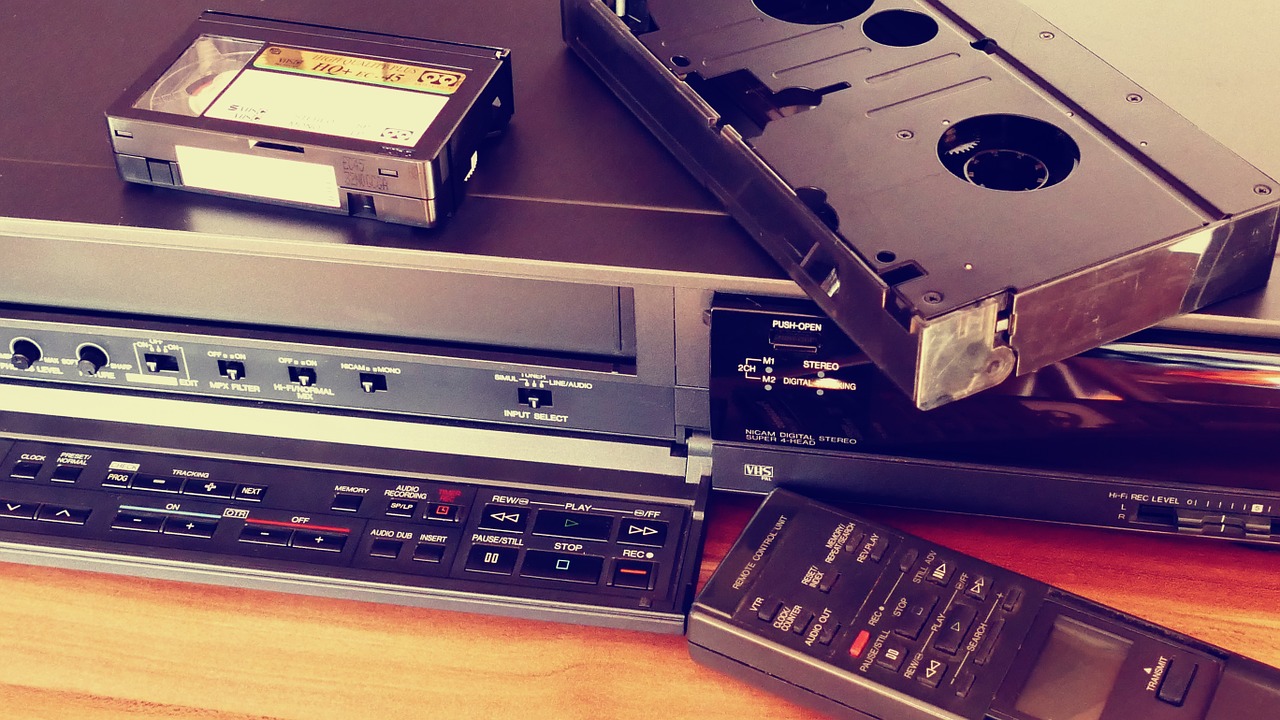Discontinous Innovation
Discontinuous innovation can also be referred to as breakthrough, radical or disruptive and is innovation that, if adopted, requires a significant change in behavior.
What is discontinuous innovation?
Definition
“The implementation of new technologies, products, or business models that represent a dramatic departure from the current state of the art in the industry” – J Birkinshaw, J Bessant, R Delbridge
Discontinuous innovation is often described as game-changing or disruptive innovation.
How does discontinuous innovation happen?
It happens when there is a sudden change or a break in the way things used to be done. Often resulting from new technologies, methods, or new ideas.
What are some examples of discontinuous innovation?
This can probably be best answered by asking yourself a couple of questions. Although the answers might not be as obvious for younger readers…
For example, do you listen to your music on an MP3 player?

Perhaps you are still playing compact discs or maybe you are still using cassette tapes or even LP records?

Are you watching Blu-Ray movies or are you still watching DVDs?

Maybe you are still watching films on VHS (or even Betamax!) video cassettes?

All of the above technologies are examples of discontinuous innovation.
Moving to the latest technology would result in you significantly changing your behavior.
But Why?
One question often asked is that if we have to change our behavior then why would we want to use such a new technology? The answer is that the new technology creates substantial new benefits for its users.
Using the examples given earlier and thinking of the benefits…
To move tracks on an LP record you would have to lift the stylus and physically move it to the next track.
Then came cassette tapes where you could now press a button on the player to move forward to the next track but it wasn’t always easy to know when the next track started.
Then came CD players, where you could select exactly which track you want or even let the player choose tracks at random for you.
Next was the MP3 player, which as well as having excellent track selection features also enabled you to keep your entire music collection all on one device or sort/file your music by genre and other categories.
And more recently we have the likes of Spotify or Apple Music, etc. where for a subscription you can access almost any album or track that has ever been created!

Some other examples of discontinuous innovations
Another example of a discontinuous innovation would be the introduction of the automobile. It created a sudden change in the way that people travel around, replacing horse and cart travel.
Then, also think of the introduction of the personal computer. This innovation radically changed the way that people work. Typewriters and other manual office equipment were replaced and many repetitive tasks were automated using software products that ran on them.
What are the benefits of discontinuous innovation?
So, we now know that a discontinuous innovation is when a company or individual creates a new product or service that is significantly different from existing offerings.
The benefits of discontinuous innovation include:
- A rapid gain of market share, possibly to the point where you become a market leader.
- The possible creation of new markets and/or customer segments
- Increased profits and shareholder value.
- Keeps you ahead of your competition
- Can help improve the brand, image, and reputation?
How can you encourage discontinuous innovation?
There are a number of ways that you can encourage discontinuous innovation.
First, is to set up an environment within the workplace that is conducive to innovation. It should be a space where people feel comfortable experimenting, being creative, and taking risks, somewhere where your people can actively think outside of the box. It requires resources to be available that allows for experimenting and prototyping.
Second, is to foster a culture of innovation within your organization. Make it clear that creative ideas and the innovations that stem from those ideas are valued and that any failures that result from such are simply seen as part of the overall process. Provide training for your team to learn new skills and ideas. Make sure everyone is aware and clear of the benefits of discontinuous innovation. Keep overall organization goals at the forefront at all times.
What are the challenges of discontinuous innovation?
One of the main challenges of discontinuous innovation is predicting what customers will want or need. Is your new innovation really a game-changer? Will it change the way people do things for the better? If not, then it’s highly likely to not be a discontinuous innovation!
If you’re pretty certain that you do have a discontinuous innovation it can still be difficult to get buy-in from your sponsors or other key project stakeholders. People are often resistant to change and when something is significantly different from what was before it may be difficult to get them to understand the benefits.
Additionally, discontinuous innovation can be risky, often requiring significant investment upfront and there is unlikely to be any guarantee of success.
To overcome such challenges make sure that your team has a clear understanding of the problem that you are trying to solve. To help with this dig deep into customer needs via customer surveys, interviews, and general market research.
Have a clear vision for your new product, service, or technology and carefully consider how it disrupts current offerings. Use prototypes and detailed market tests. Ensure your team is passionate and excited about the future that you are trying to create. All of the above should help drive success.
What’s next?
What’s next, do you have that breakthrough idea? Please let me know, I’d love to invest!